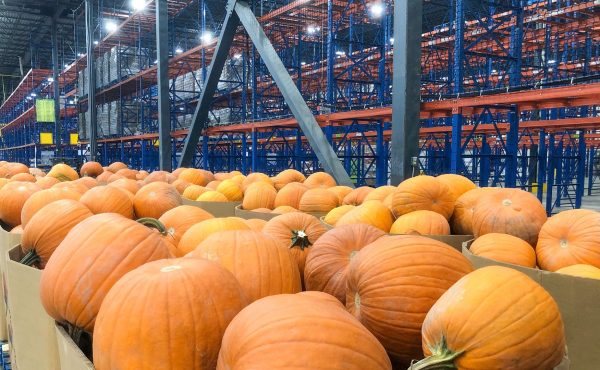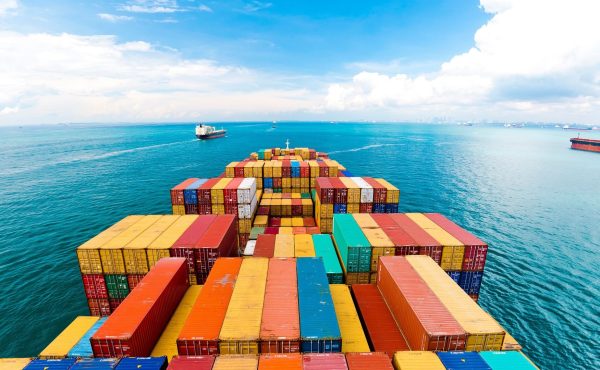The importance of packaging and labeling in the transportation of chemical products
Transporting chemical products is an activity that requires specific care due to the risks associated with handling hazardous substances. Packaging, wrapping and labeling are key elements in guaranteeing safety during transportation.
Measures must be taken to avoid accidents or fortuitous incidents such as the spillage of hazardous substances that could endanger people’s health, the safety of the vehicles in which the goods are transported and the safety of those around them on the roads, and care for the natural surroundings and the environment. Additionally, current regulations demand a series of requirements and specific safety measures for the handling and transportation of chemical products.
In order to be transported without accidental incidents, the products must be stored in containers or packages that prevent leakage or spillage. The packaging must be resistant, compatible with the product it contains and labeled with clear and precise information that can be understood internationally through codes and logos. It can also be wrapped for additional protection.
Depending on the means of transport used, there are different characteristics that must be considered when transporting chemicals from one place to another, whether locally, nationally or internationally. Some relevant aspects for each means of transport are detailed below:
- Inland transportation of chemical products: For this type of transport, aspects such as the appropriate choice of route, the identification of the risks associated with the substances transported and the marking of vehicles transporting chemical products must be taken into account. Goods can be transported by road or rail. In addition, country-specific regulations must be complied with and drivers must be trained in the handling of these substances. If the truck is travelling through the European Union, the European regulation on the transport of dangerous goods by road (ADR) must be taken into account.
- Marine transportation of chemical products: For this type of transport, it is essential to comply with the international regulations established by the International Maritime Organization (IMO) regarding the classification of hazardous substances, their packaging and labeling. In addition, weather conditions, pollution risks and vessel safety must be taken into account. A spill of hazardous chemicals into the sea or ocean would be lethal to marine fauna and flora.
- Air transportation of chemical products: For this type of transport, the regulations established by the International Civil Aviation Organization (ICAO) regarding the classification of hazardous substances, their packaging and labeling must be complied with. Additionally, the specific restrictions and limitations of each airline and country must be taken into account. Knowledge of IATA’s Dangerous Goods Regulation (DGR) is essential before undertaking any air transport of chemicals.

A company that transports chemicals safely
In order to carry out the transportation of chemical products on any scale, it is necessary to be rigorous with their packaging. In addition, their packaging and labeling according to international regulations is mandatory and is of great help to customs authorities and governments in order to know exactly what the goods contain. It is therefore extremely helpful to rely on the advice and assistance of a logistics operator specializing in the transport of chemical products.
At Logisber we have extensive experience in this type of freight forwarding operation both nationally and internationally, and also in the storage of chemical products. If you need to transport hazardous goods in a safe and efficient way, contact Logisber now and our team of professionals will tell you the steps you need to take in order to transport your chemical products in a transparent and efficient way anywhere in the world.
Categorías
Compartir









